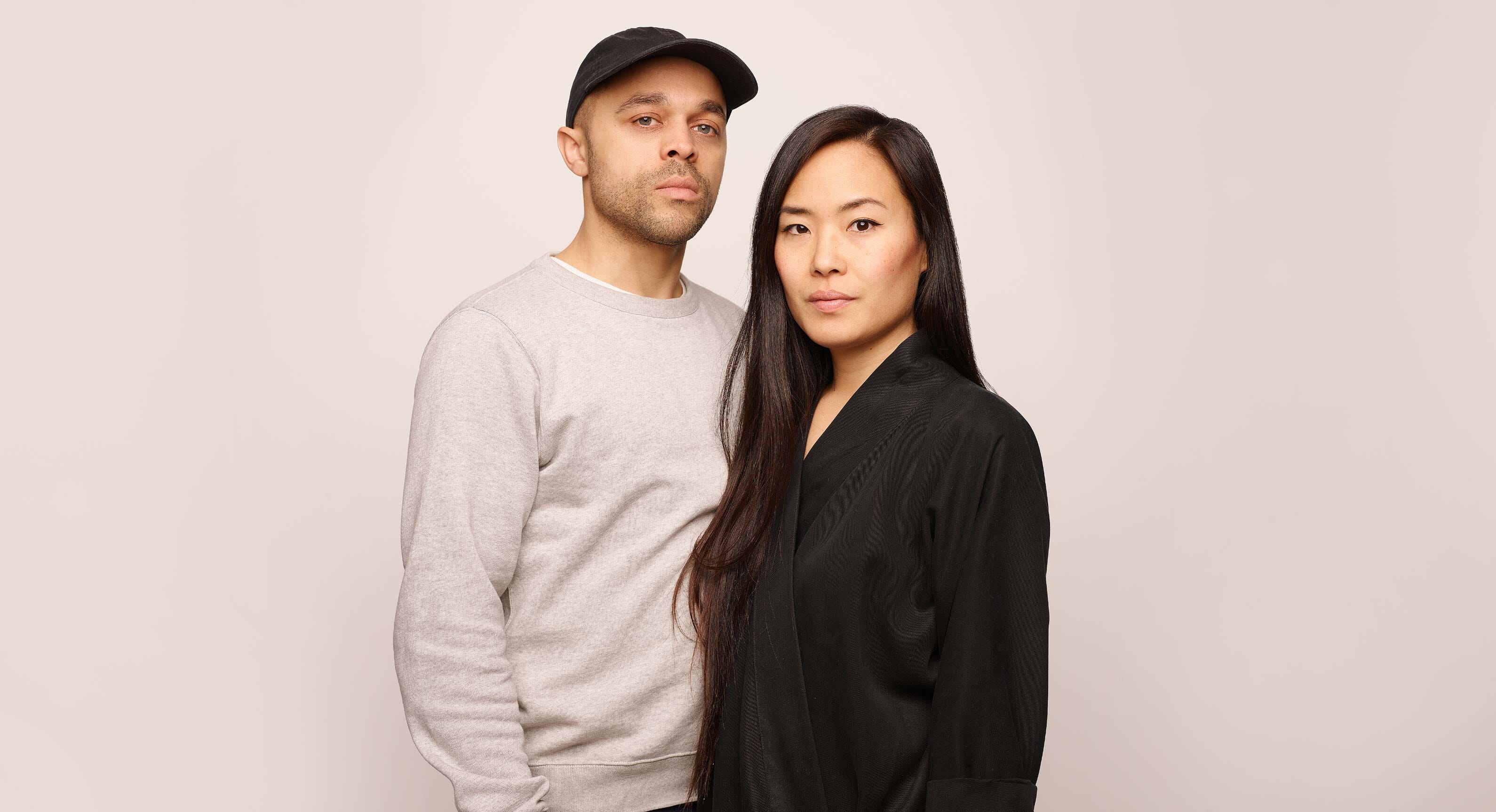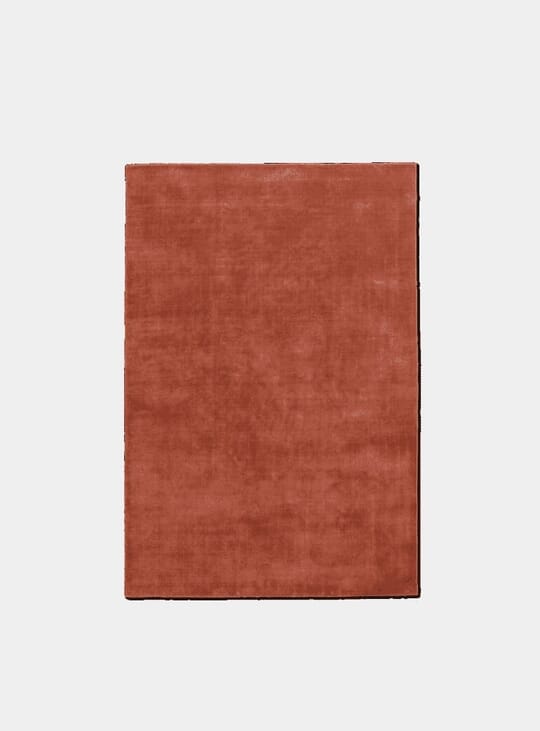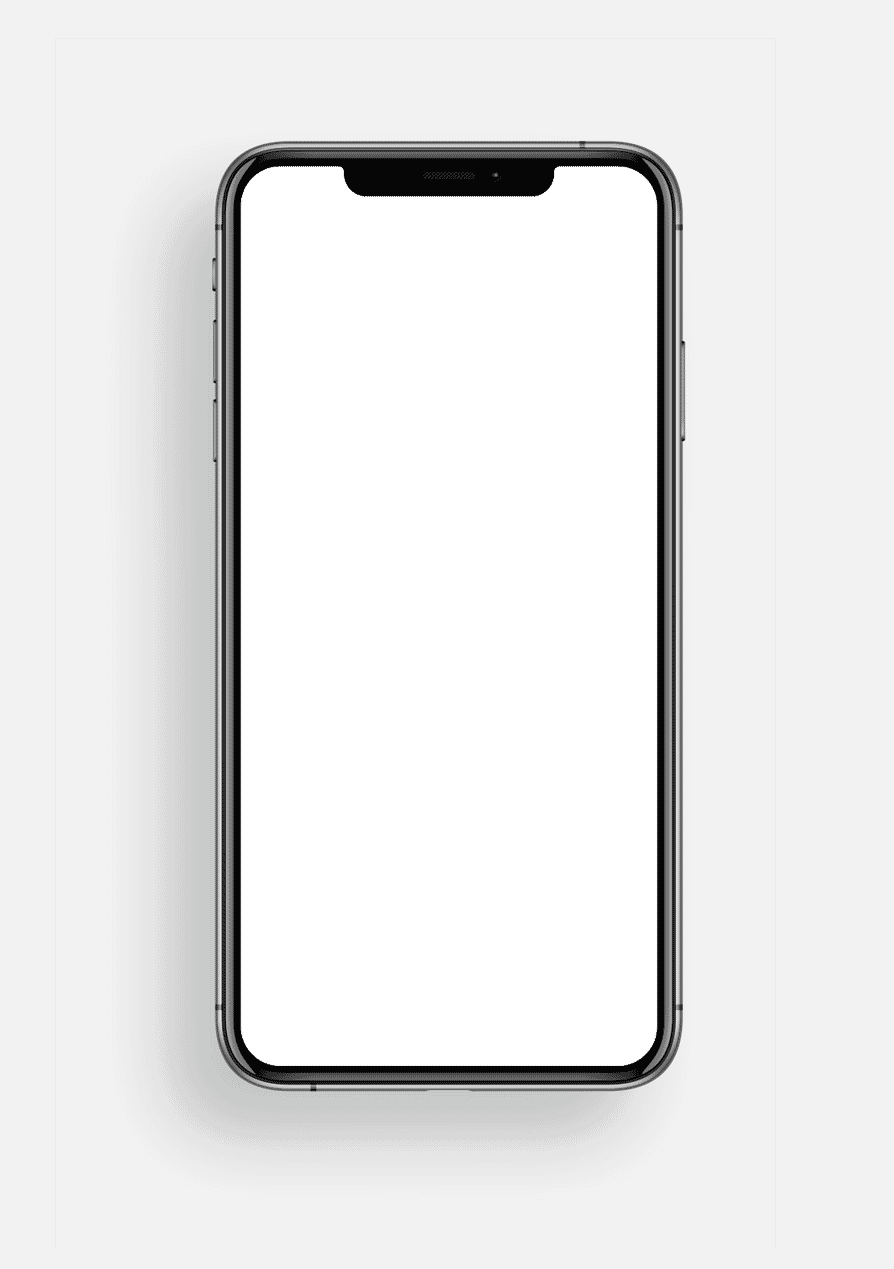Words by Lucy Thomas
Most designers tend to take a backseat when it comes to basking in the limelight of their work, and often their efforts and processes remain unknown. As you know, here at OPUMO we are passionate about great design and in this new series we're aiming to uncover the inner workings of design projects that we have grown to love. Meet Jonathan Sabine and Jessica Nakanishi, founders of MSDS Studio, the multidisciplinary design studio with an impressive collaboration portfolio, with the likes of Aesop and Normann Copenhagen to name just two. The studio combines craftsmanship and contemporary culture and abides by the principles of good design to offer something unique and refreshing to the design world. This week, we spoke to Jonathan and Jessica to find out what inspires them, the benefits of collaboration and what it’s really like to be in the design industry.
How does the dynamic between the two of you and your creative backgrounds work?
Jessica: Our skills have an area of overlap and are otherwise complimentary. This is, we think, is ideal for a partnership. We both bring something essential to the collaboration that the other doesn’t have, but we’re on the same page creatively and technically enough that we can collaborate with relative ease. We think creative entrepreneurship in major international cities is hard enough, unless you have an uncommonly broad skill set or substantial resources at your disposal, you basically need a partner.
How would you describe MSDS Studio’s design ethos?
Jonathan: Resourceful. We try to honour humble materials and forms. We like things that incorporate the incompleteness of manufacturing into the end result. We want our work to reflect the world today and the wide variety of things we encounter every day that interests us.
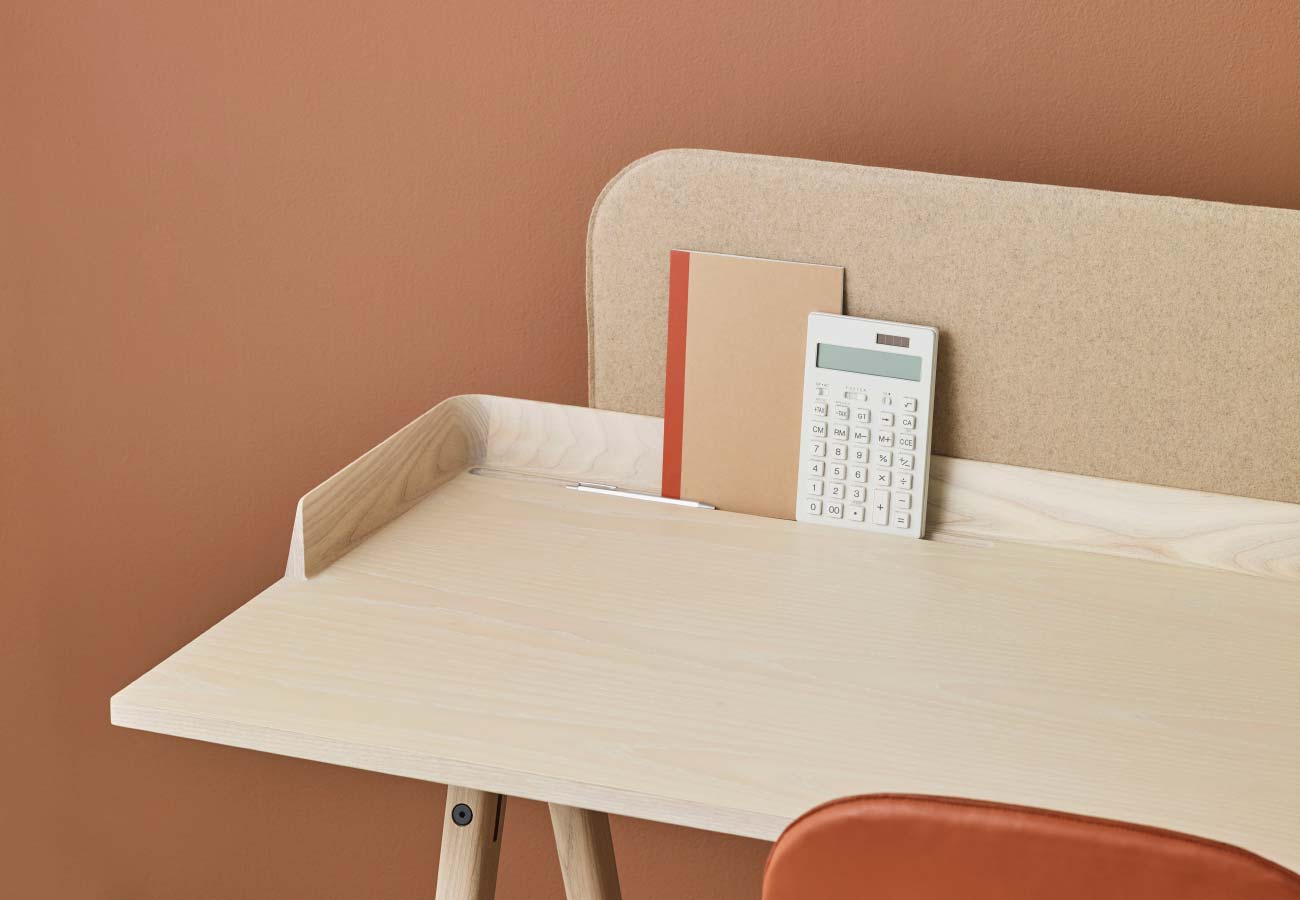
Do your ideas about interiors translate into your own home?
Jonathan: You know the cliché about chefs eating trashy food when they’re not at work? We’re a little like that in that as designers we work a lot, so commit very little time to improving our apartment. That said, we’re careful about the things we do own.
Is there a motto or personal philosophy you stick to when creating pieces? Has that changed over time?
Jonathan: A personal philosophy develops over time. Ours has substance, but is still far from complete. We design objects for a world we’d like to see - a culture less crass and decadent than ours currently is. We try to imbue a design with an internal logic that is discernible to any viewer who has the time for consideration and that still results in nice looking and functional object for everyone else.
What do you watch/listen to/read/ look at to keep you inspired?
Jonathan: Adventure Time / Kendrick Lamar / Joan Didion / David Altmejd
Who were your childhood heroes growing up?
Jonathan: Easy, Mark Gonzales.
Best piece of advice you have ever received?
Jonathan: It wasn’t exactly advice, but when I was a cabinetmaker my boss at the time said “It may not feel like it now, but this is the most money you’ll ever have.” I was making $15 dollars an hour. He was talking about how if I ever had kids and a home I’d barely scrape by as a woodworker. I decided on the spot to change directions.

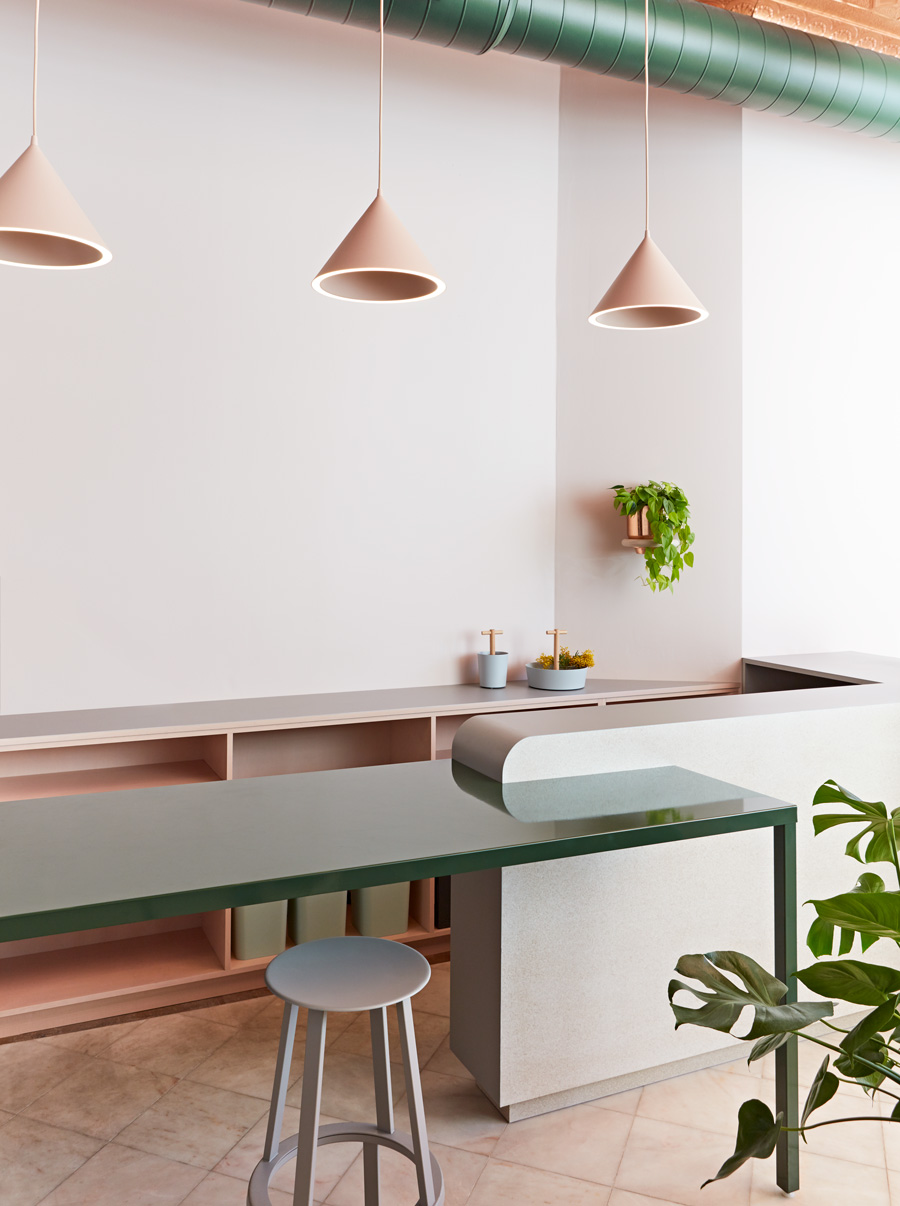
When was the moment it all changed; when did things click into gear for MSDS studio?
Jessica: I’d say there were two turning points. The first was when we got our first decent-sized interior. That comes with a whole new level of responsibility, but also creative opportunity and the realisation that this business may be financially viable. The second is definitely the first time we showed in Stockholm. The people we met there were super welcoming and complimentary. At that show, we realised that we could work with European companies.
What are the three most important things you’ve learned along the way?
Jessica: One: The importance of saying no. At the beginning, you want and have to take everything that comes your way. As you grow you have to switch gears and become more selective about what you dedicate your energies to. Two: Work really hard but take time off when you can. This is just a good rule for life. Three: Be willing to push your clients and collaborators. It’s sometimes necessary to strain relations a little in the short term to get a project where it needs to be.
You’ve collaborated with Danish design company Normann Copenhagen. What is it about them that appealed to you and made you want to collaborate?
Jonathan: Normann Copenhagen was the first new nordic company we’d ever heard of back in the day. They were always doing really interesting stuff and still are. It’s great when you get to work with a company that you’ve liked for a long time - it’s a bit like meeting a personal hero.
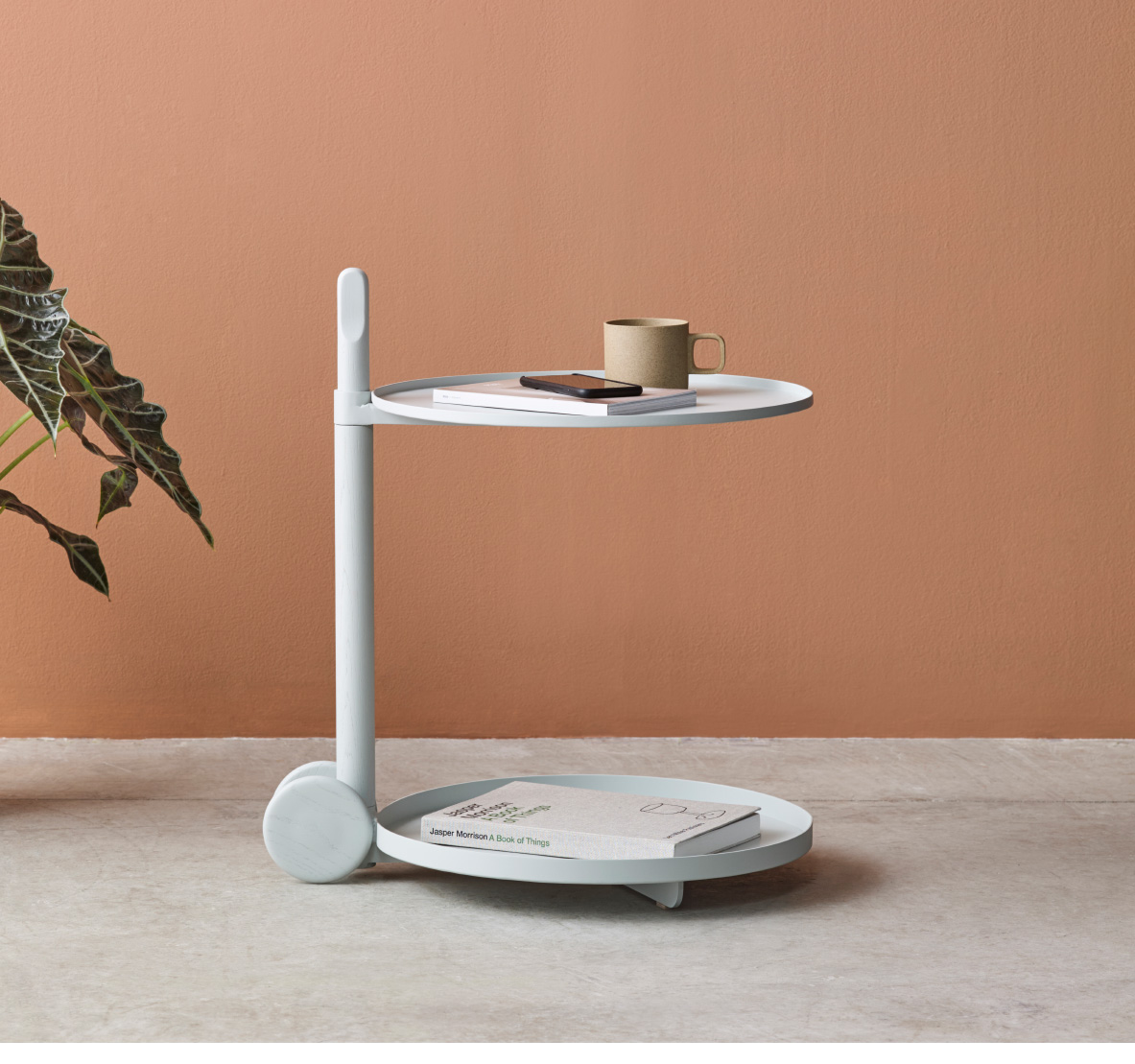
What do you gain from a collaboration that you wouldn’t get from a personal project?
Jonathan: You get to leverage a company’s engineering knowledge, a network of suppliers, and their ability to purchase in larger quantities. These things permit you to do designs that wouldn’t really have a reason for being outside of that system. There are constraints of course, but the benefits far outweigh them.
What do you hope to do this year that you’ve never done before?
Jessica: Design a good dining chair.
What do you know now that you wish you knew when you were 21?
Jessica: No one - in the beginning at least - knows what they’re doing. We know now to just start somewhere, anywhere, and figure it out as you go. Which is more or less what we’re doing now with some success.
What’s next for MSDS studio?
Jessica: We’re working towards designing a house.
Jonathan: The next few years will see us refine our business model and really pursue a few dream clients.
Keep up with everything that is happening at MSDS Studio by checking out their website, or following them on Instagram.

